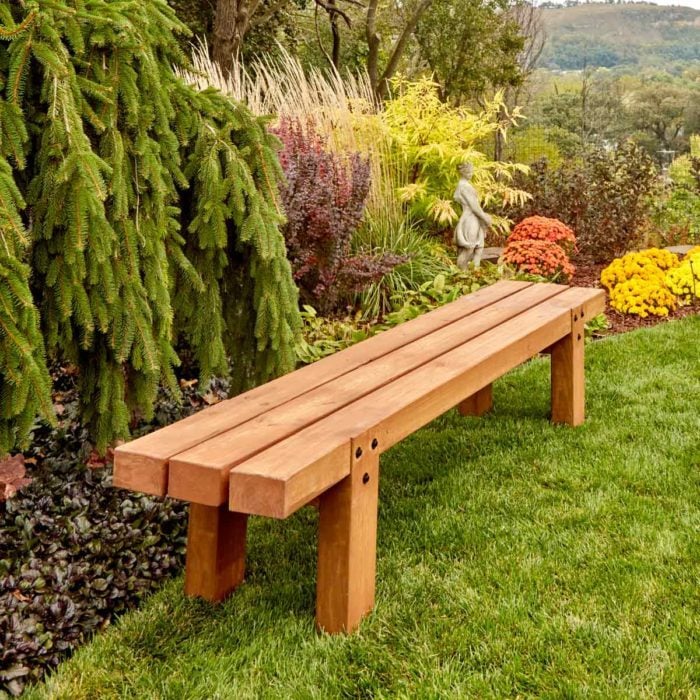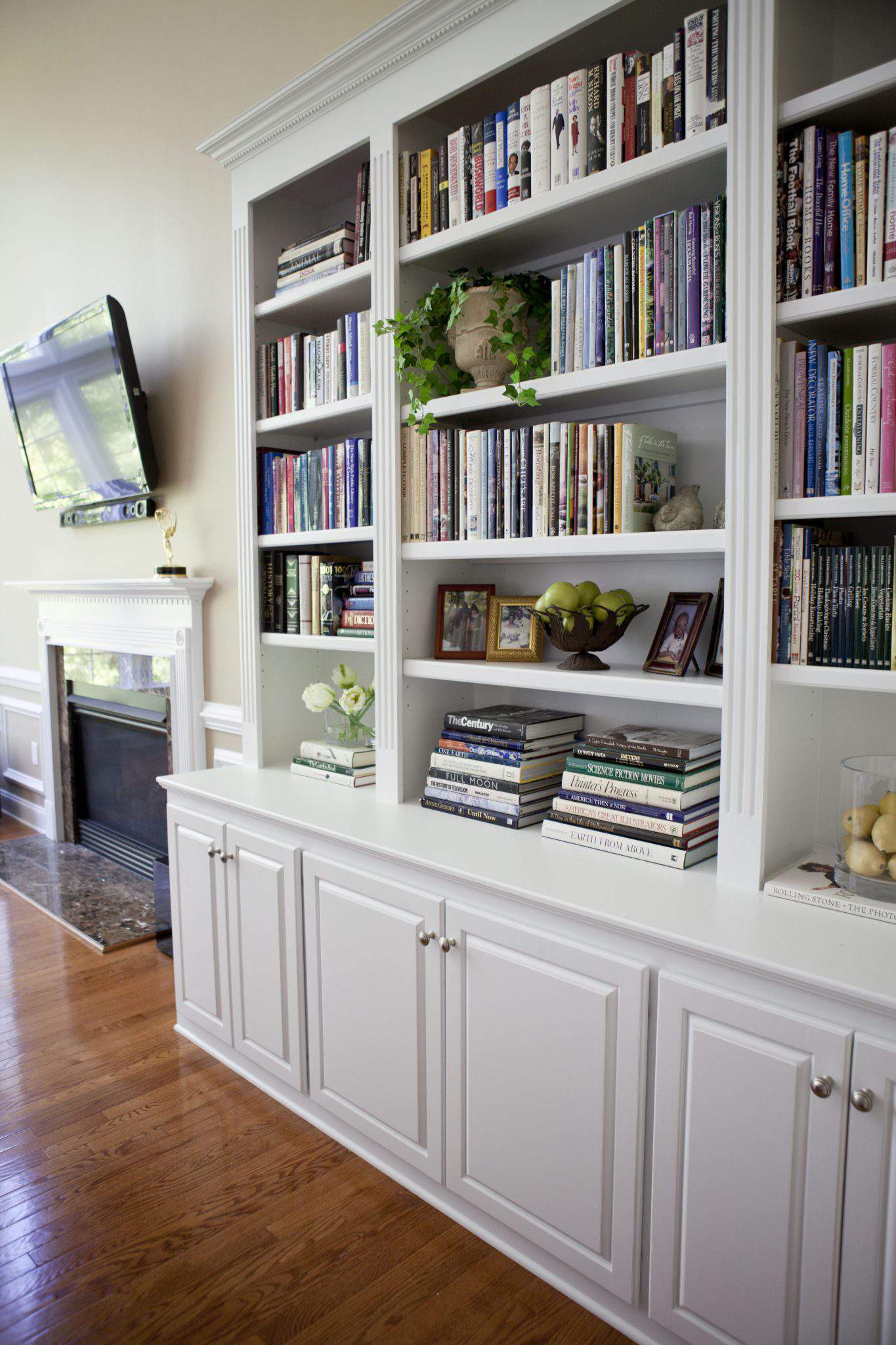
Elevate Your Game: Crafting and Selling Luxury Wooden Chess Tables
For chess enthusiasts seeking the ultimate playing experience, a beautifully crafted wooden chess table is more than just furniture; it's a statement piece, a symbol of passion, and a testament to craftsmanship. If you're a skilled woodworker with an eye for detail and a passion for the game, consider venturing into the lucrative world of luxury chess table creation and sales. This guide will empower you with the knowledge and strategies to transform your woodworking talents into a successful business.
Crafting Excellence: The Art of Building a Luxury Chess Table
The heart of your success lies in the quality and artistry of your chess tables. Start by selecting premium wood species like mahogany, walnut, cherry, or maple, known for their beauty, durability, and rich grain patterns. Consider adding unique features to elevate the design:
- Intricate Inlays: Incorporate contrasting wood species or materials like mother-of-pearl to create captivating designs on the board surface, edges, or legs.
- Carved Details: Add subtle or dramatic carvings to enhance the aesthetics, from classic motifs to personalized designs.
- Hand-Finished Polishes: Choose high-quality finishes that accentuate the wood's natural beauty while providing protection. A glossy or satin finish can create a luxurious look.
- Customizable Features: Offer clients the option to personalize their tables with names, initials, or special engravings.
Invest in high-quality woodworking tools and techniques to ensure precision and durability. A well-constructed table will stand the test of time and become a cherished heirloom.
Building a Brand: Defining Your Luxury Chess Table Niche
To attract discerning buyers, define your unique selling proposition. What makes your chess tables stand out from the competition? Focus on a specific style or design aesthetic. Do you specialize in:
- Traditional Craftsmanship: Offer classic designs with timeless elegance.
- Modern Minimalism: Create sleek, contemporary tables with clean lines and understated sophistication.
- Art Deco Influence: Incorporate geometric patterns and luxurious materials for a bold and stylish statement.
Develop a brand name and logo that reflects your style and target audience. Use high-quality photography and captivating descriptions to showcase your work online and at craft shows.
Marketing and Sales Strategies: Reaching Your Ideal Customers
To find your niche within the luxury chess table market, focus your marketing efforts on high-value clientele. Utilize a multi-pronged approach:
Online Presence:
- E-commerce Platform: Establish a professional website with a secure online store to showcase your products and facilitate sales.
- Social Media: Build a strong presence on platforms like Instagram, Facebook, and Pinterest. Share captivating images, behind-the-scenes glimpses of your craft, and customer testimonials.
- Online Marketplaces: Explore platforms like Etsy or specialized luxury marketplaces to reach a wider audience.
Offline Networking:
- Craft Shows and Galleries: Participate in events that cater to luxury goods and art enthusiasts. Showcase your tables in person, allowing potential customers to appreciate the craftsmanship.
- Partnerships: Collaborate with art galleries, interior designers, or high-end furniture stores to expand your reach.
- Word-of-Mouth Marketing: Encourage satisfied customers to recommend your work to their network. Offer referral programs or discounts to incentivize referrals.
Be prepared to provide excellent customer service, offer personalized consultations, and manage orders with professionalism and attention to detail.
Pricing Strategy: Finding the Sweet Spot
Luxury goods require a premium price point. Consider factors like materials, craftsmanship, design complexity, and market demand when determining pricing. Research comparable products in the market and analyze competitors' pricing. Don't undervalue your expertise; your chess tables represent a fusion of artistry, skill, and exclusivity.
Offer different tiers of pricing based on features and customization options. Clearly communicate the value proposition of each tier to justify your pricing strategy.
Conclusion: A Path to Success
Creating and selling luxury wooden chess tables can be a rewarding and lucrative venture. By mastering the art of craftsmanship, building a strong brand, and implementing effective marketing strategies, you can carve a niche for yourself in this passionate market. Embrace the challenge, invest in your craft, and let your passion for chess and woodworking guide you towards success.








